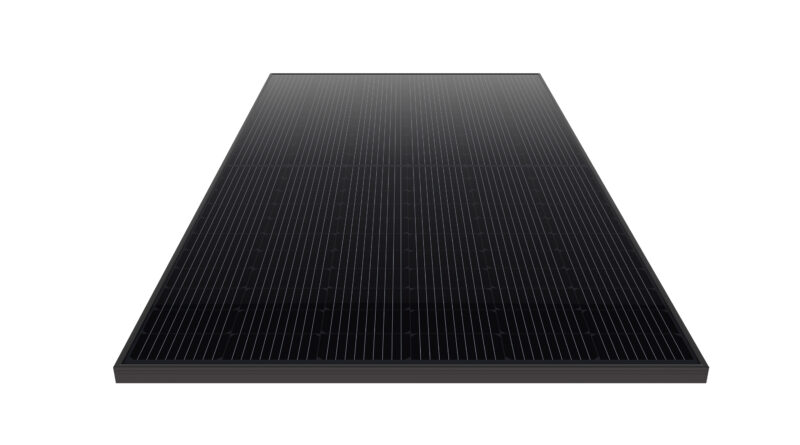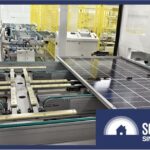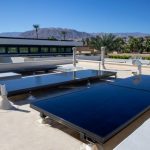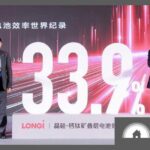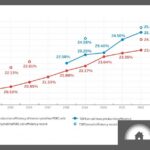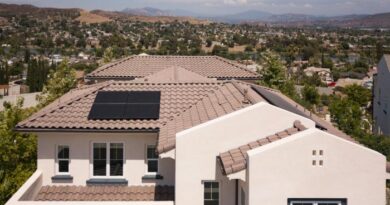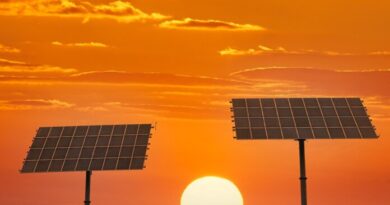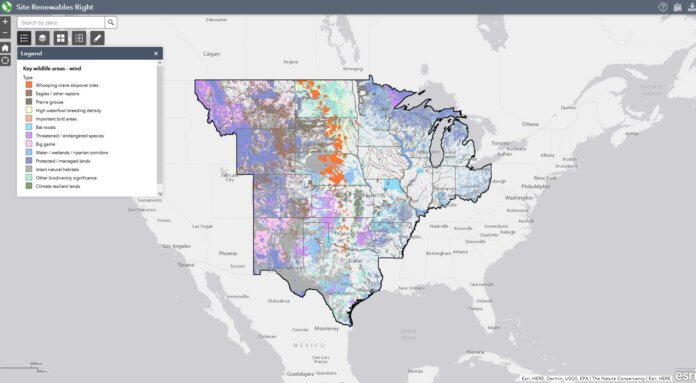Are There Different Types of Solar Cells?
It may seem obvious to say, but not all solar cells are the same. From the type of silicon used to the design of the solar cell, there are many aspects that determine the efficiency and durability of solar panels. It can be a bit overwhelming to understand what’s out there and what’s right for your home, so we’ll try to break it down for you.
Here at SunPower, we offer two main cell technologies within our SunPower Equinox®solar system – back-contact solar cells and front-contact solar cells. What makes these technologies different?
Most solar cells, including front-contact PERC solar panels, have metal ribbons on the front of the panel used to carry electricity through the cells. Front-contact solar cells, also known as Passivated Emitter and Rear Cell, or PERC for short, are an advancement of conventional solar cells. One of the main ways solar cells lose efficiency is when sunlight is insufficiently absorbed by the cell and therefore cannot be converted to solar energy. Front-contact PERC technology gives sunlight a second chance to be captured through an additional layer on the back of the solar cell that also reflects sunlight into the cell. This additional sunlight can then be absorbed and therefore generates more solar power than a conventional solar cell.




As the name implies, back-contact solar cells, also known as Interdigitated Back Contact (IBC), move these contacts to the back of the solar cell. This allows the entire front of the solar cell to be exposed to the sun without any shading from metal ribbons. Back-contact solar cells can therefore use more of the light spectrum to create more energy, typically resulting in higher performance.






While these two solar cell technologies both offer greater efficiency than conventional, non-PERC solar panels, it’s important to keep in mind that there are many components that make up a full solar system, including the inverter and mounting system. All these components vary by manufacturer and solar installer. If your front-contact or back-contact solar panel, as well as all the other components of the system, were not tested for long-term durability and reliability by your solar provider, you may only enjoy the benefits of your high-efficiency system for a short time.
SunPower Equinox – with front-contact or back-contact solar cell technology – is the only complete home solar solution designed and warranted by one company. Our products are rigorously tested, and certified to meet comprehensive quality standards, with ongoing onsite manufacturing and shipment inspections of all our suppliers. If you should run into a problem, our Complete Confidence Warranty covers your entire system. This includes both product coverage on materials and workmanship and power coverage guaranteeing the power output of your panels for 25 years. With SunPower, you can feel confident in the long-term durability of your high-efficiency solar panels.
Schedule your online appointment today and learn how much you can expect to save when going solar.
Related Posts
Understanding Your Solar System Performance with the mySunPower® App
Can You Install Solar Panels on Tile Roofs?
What to Expect During Your SunPower Solar Installation
Original Source: https://us.sunpower.com/blog/2022/11/10/are-there-different-types-solar-cells

